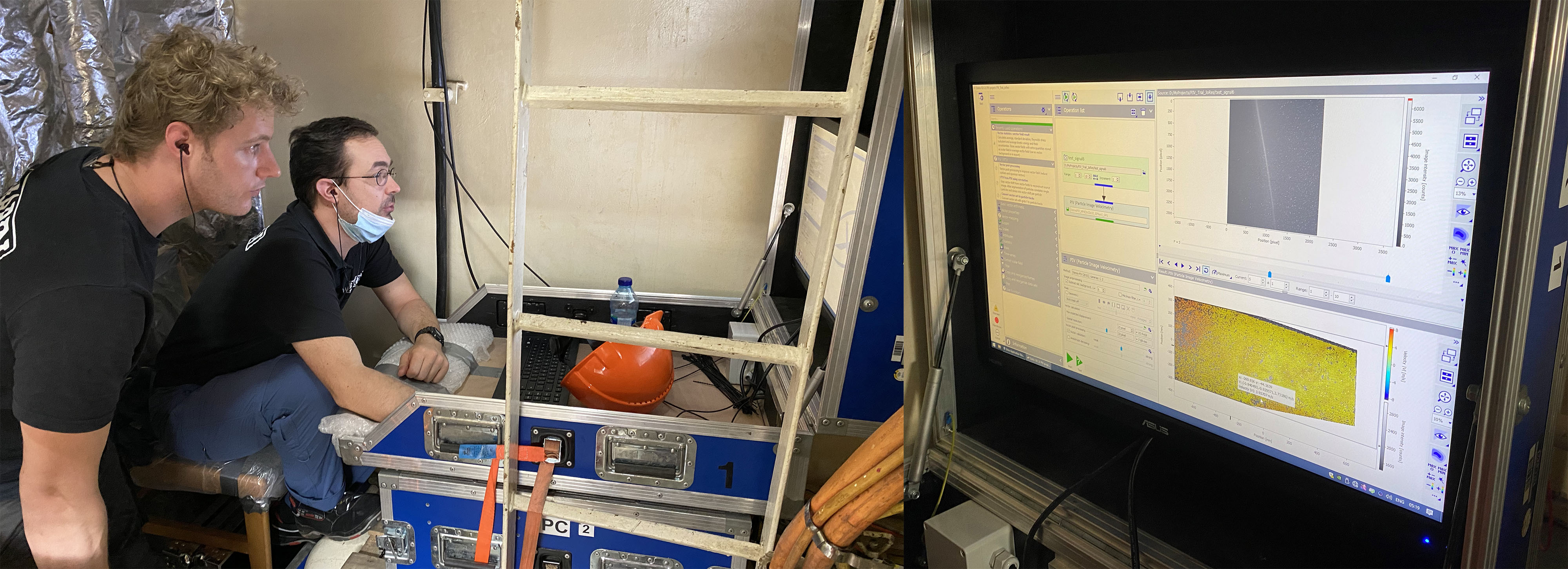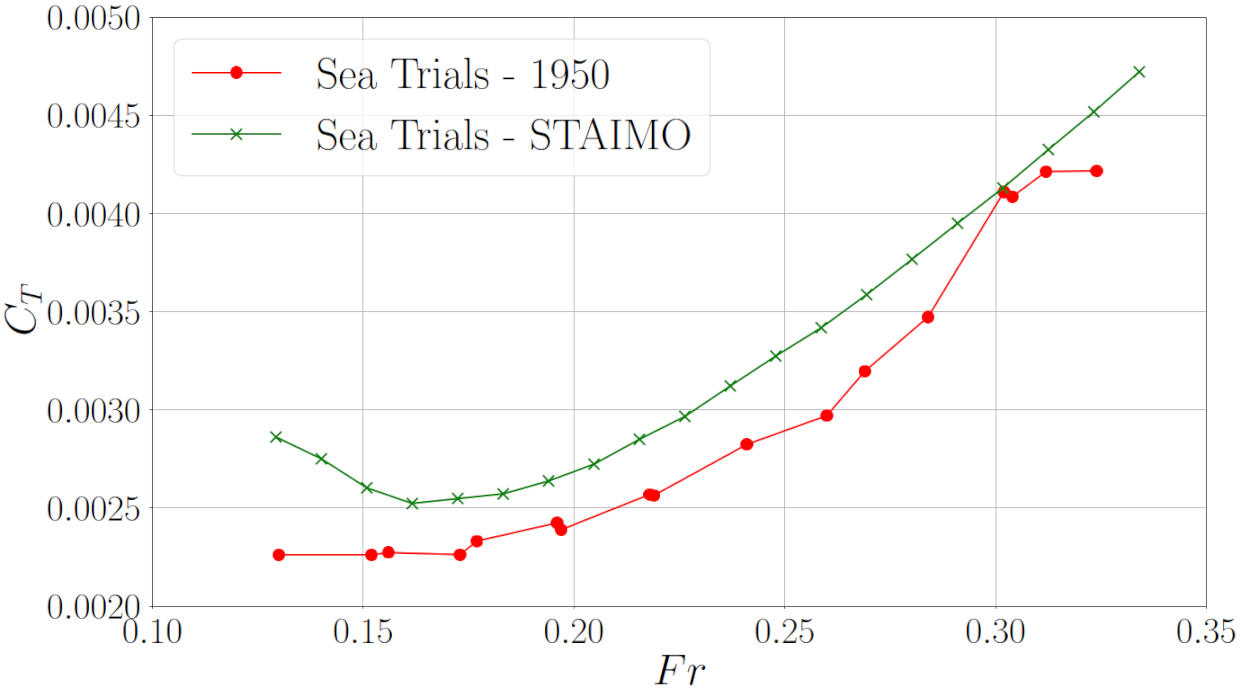Join us and unlock access to personalized features, exclusive content, and more. Fill in the details below to get started.
Episode 10. A journey to PIV flow measurements at ship scale.
A lot of activities took place before the actual trials: the hull and propeller roughness measurements were performed in the dry dock, strain gauges were installed on the propeller shaft to measure propeller torque, and the optical sensor was installed next to the shaft to measure propeller shaft speed, anemometers were installed on the antenna mast to get wind characteristics, etc.
The sea trials were conducted according to the ISO15016:2015 standard. The trials were performed at four shaft speeds. Normally, the ISO standard requires conducting 2 runs for each RPM setting (minimum of 10 min each), however, as it was expected that 10 min would not be enough for sufficient PIV measurements, the decision was made to make the duration of each run 40 min.
Each run consisted of measuring at different rotation angles of the FlowPike for either 80s or 120s; this amounted to either 800 or 1200 images per one angle. The device was rotated to cover a total sector of either 70 or 140, which is a large part of the wake. Overall, the quality of the PIV images was very good, comparable to what was achieved with the FlowPike in the model basin previously. In total 6.5 terabytes of PIV data were recorded and it will take some time to post-process and analyse it.
To be continued…
 MARIN team performing PIV measurements during the sea trials
MARIN team performing PIV measurements during the sea trials


